.WEBP)
Here are today’s most important updates from the realm of Science and Space.
Red Planet Reveal: Crystal-Clear Photos Show Mars Volcano & Ancient Lava Flows
The European Space Agency (ESA) has shared stunning images of the foot of Mars' giant volcano, Olympus Mons, which stands at an impressive 27 km high and has a base over 600 km wide, making it the largest volcano in our solar system - more than twice the height of Mauna Kea on Earth. The images shared by the astronauts on Instagram show frozen rivers of lava which flowed down Olympus Mons. Olympus Mons was first discovered by NASA's Mariner 9 spacecraft in 1971. Initially, scientists believed it to be a mountain, but subsequent missions revealed its true nature. It is believed that Olympus Mons was formed around 3.5 billion years ago, during Mars' early geological period. The volcano is considered dormant, with no recent eruptions. Its gentle slopes and lack of impact craters suggest a relatively young surface, shaped by lava flows.
Not from Mars! Rover Uncovers Mysterious Alien Rock on Red Planet
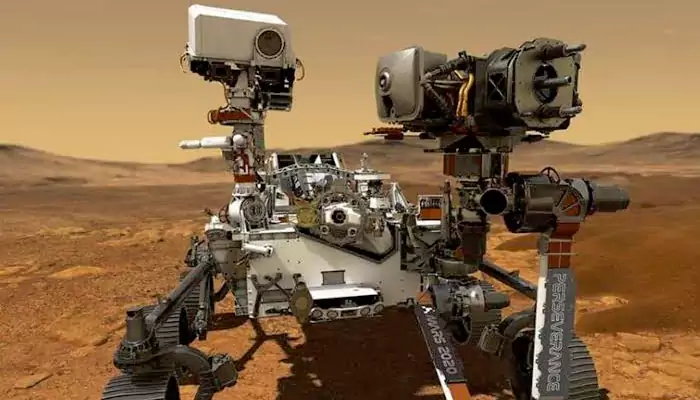
NASA’s Perseverance rover has made what could be one of its most intriguing discoveries yet on the Martian surface, a rock that may have originated from deep space. While exploring a site nicknamed “Vernodden” beyond Jezero Crater, the rover encountered a sculpted, glossy boulder that stood out among the surrounding flat terrain. The rock, named “Phippsaksla,” measures about 80 centimeters across and immediately caught the science team’s attention due to its unusual colour, shape, and texture. These metals are thought to form in the cores of large asteroids, suggesting that Phippsaksla did not originate on Mars but likely arrived there after traveling through space.
Long COVID Puzzle Deepens as Researchers Find Strange Blood Formations
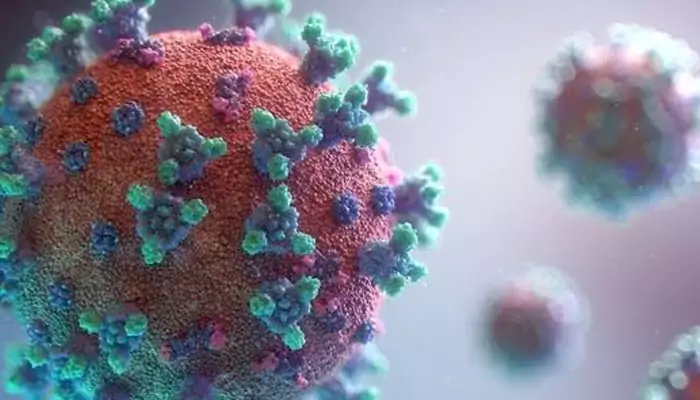
Analyzing blood samples from patients with long COVID, a team of medical researchers has identified unusual microscopic structures that may contribute to symptoms such as brain fog and fatigue. If this is the case, it offers a hopeful target for future treatment. The reason why some people experience symptoms for months to years after a SARS-CoV-2 infection is still something of a medical mystery, but multiple mechanisms may be at play. The new research suggests that these two separate markers, NETs and microclots, may interact in the blood of long COVID patients.
Small Bird, Superpower Flight: Indian Falcon’s 1,000 km Dash Stuns Scientists
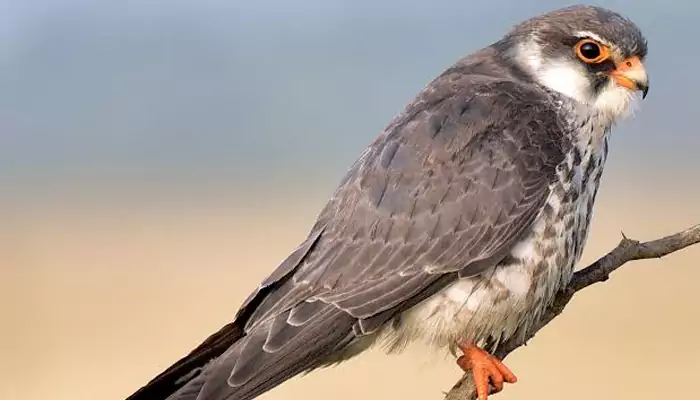
Three new aerial travellers are rewriting the limits of endurance in the natural world. On November 11 2025, wildlife scientists tagged three Amur Falcons, Apapang (an adult male), Alang (a young female), and Ahu (an adult female), as part of the Manipur Amur Falcon Tracking Project (Phase 2) led by the Wildlife Institute of India. Within days, one of them has already emerged as the season’s breakout performer. Apapang, wearing the orange track on the satellite map, has surprised even veteran trackers. Barely 150 grams in weight, he launched into an extraordinary non-stop flight soon after tagging. In just 76 hours, he has covered an astonishing 3,100 kilometres, an aerial marathon that saw him slice across central India, glide past Gujarat, and skim out over the Arabian Sea. Only a handful of migratory species undertake such long, uninterrupted flights, and the Amur Falcon is among the smallest of them.

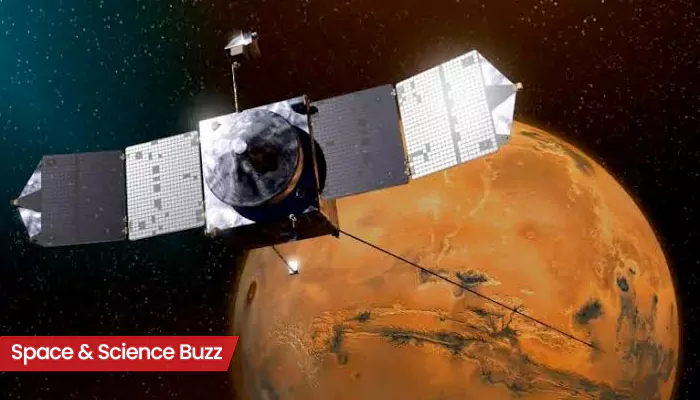

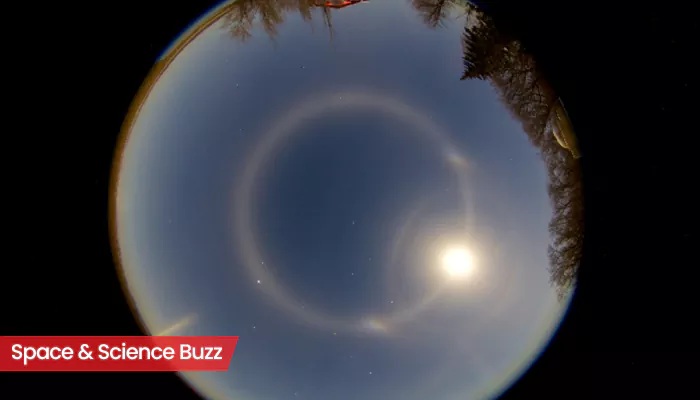




.WEBP)
.webp)
.WEBP)
.WEBP)
.WEBP)